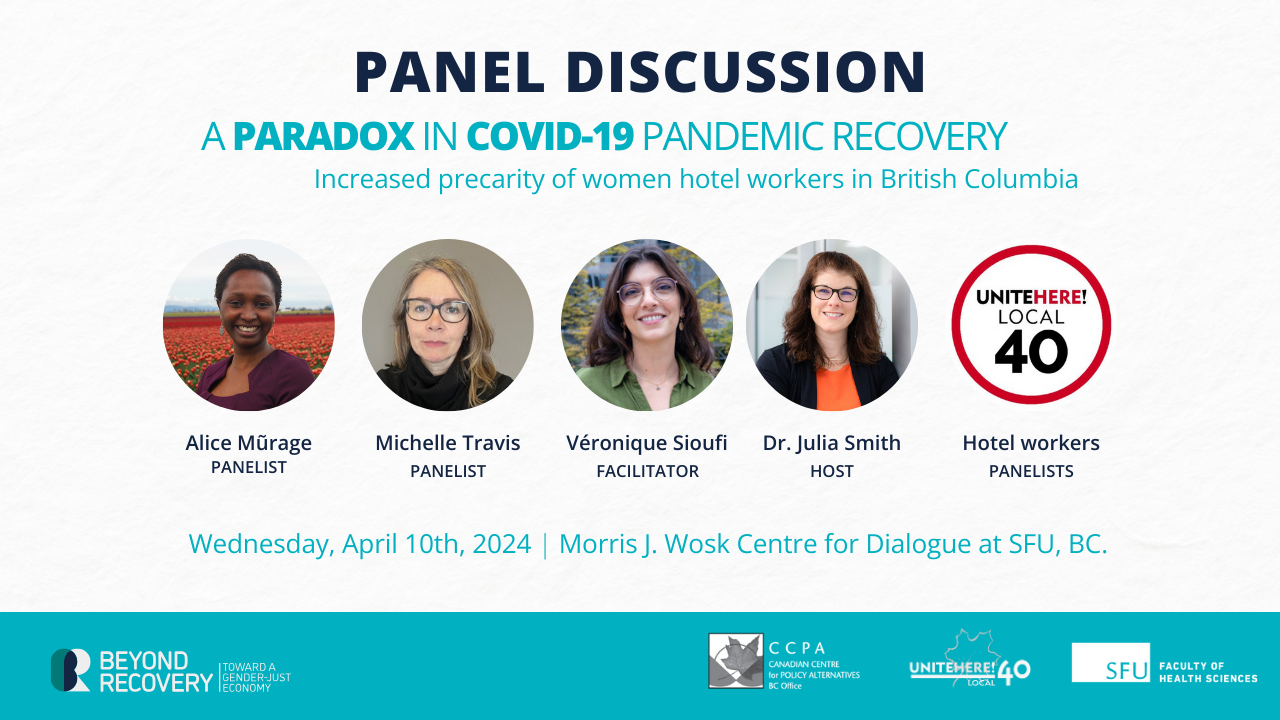Who’s left out? COVID-19 & psychiatric detainees

For weeks, we’ve all been doing our best to follow guidelines about staying home and physical distancing to prevent the spread of COVID-19. But who is left out of those public health protections? What happens when laws or policies impair the ability of people to make their own decisions and protect themselves against the virus?
There has been significant and crucial advocacy on behalf of many groups of people at higher risk in times of pandemic because of the conditions in which they are forced to live. From people experiencing homelessness, to people living in poverty, to people who use drugs, to people in prisons, advocates have been effectively highlighting the inequities exposed by COVID-19 and pushing policy makers to urgently prioritize the health of these groups.
But one group has been largely absent from focus: people detained in psychiatric settings. And based on the experiences of other jurisdictions during the COVID-19 pandemic, it’s not a group that can afford to be left out of the conversation.
In China, 50 patients in inpatient psychiatric units and over 30 mental health service providers contracted the virus.[1] In New Jersey, 240 people who live or work in state psychiatric hospitals had tested positive as of April 11, with five fatalities.[2] An outbreak in Louisiana led to 99 patients in one facility contracting COVID-19.[3] Throughout the United States, 62 state psychiatric facilities have reported cases.[4]
Finally, in South Korea, a jurisdiction that’s been lauded for taking significant responsive measures, all but two people in a psychiatric ward of over 100 contracted COVID-19. The ward was locked down—it’s been reported that those without the virus were housed with those with it, sleeping on the floor on futons. In the aftermath, a panel of doctors called the situation a “medical disaster”, with a leading pulmonologist observing that the inpatients should never have been locked in the same environment that got them infected.[5]
In BC, each of the thousands of people detained annually as an involuntary patient under the Mental Health Act cannot leave the hospital or facility in which they are held without permission. Right now, they cannot choose to go home and self-isolate and they may not be able to physically distance from other people in the facility. Much like long-term care homes, each ward, facility, and health authority may respond differently, and staff may travel in and out of the wards and may work on various wards or locations, increasing the risk that the virus will be brought in.
People with mental health issues in Canada are more likely to have negative health outcomes from the virus because they experience serious health inequities. They are at above-average risk for physical health issues, including heart disease and chronic respiratory issues, which increases the likelihood that they’ll experience serious symptoms from COVID-19 that may threaten their health or their lives.[6]
Despite all of this, there has been no information published on infection rates in psychiatric settings and BC has yet to see any public, coordinated, province-wide approach to minimize risk and impacts for psychiatric detainees and the health workers staffing those environments. Solutions identified in other sectors in BC suggest that could involve minimizing the lengths of inpatient stays, rearranging wards so distinct spaces are available for people who test positive, limiting staff working in multiple wards and facilities, or other solutions. But who is asking those questions?
The issue highlights the necessity of moving beyond involuntary hospitalization whenever possible.
Urgently needed investment in wrap-around community mental health supports would allow many people currently detained in psychiatric settings to live in their own communities, where they would have the necessary supports to keep themselves safe and healthy. This is exactly the time when BC would benefit from the transparency and monitoring that an independent mental health advocate could bring. Unfortunately, BC eliminated its provincial mental health advocate in 2001, so it is vital that we all ask questions and pay attention to the vulnerable position psychiatric inpatients have been placed in.
We know that impacts of COVID-19 are not equal across income levels, social condition, race, gender, and ability—barriers and marginalization that create inequities everyday have heightened and negative impacts on human rights during a pandemic. As we look to a possible relaxing of restrictions and preparation for future waves of the virus, now is the time to ask questions about who has been left out of the conversation in BC. It’s the only way we can be sure that no one is left behind.
This article was originally published by Health Justice.
Notes
[1] YT Xiang, et al., “The COVID-19 outbreak and psychiatric hospitals in China: managing challenges through mental health service reform” 2020 16:1 Int J Biol Sci 1741.
[2] Elizabeth Rosner, “Coronavirus wreaking havoc on four New Jersey psychiatric hospitals” 13 April 2020 New York Post, online: https://nypost.com/2020/04/13/coronavirus-wreaking-havoc-on-four-new-jersey-psychiatric-hospitals/.
[3] Kit Ramgopel, “Coronavirus in a psychiatric hospital: ‘It’s the worst of all worlds’” 20 April 2020 NBC News, online: https://www.nbcnews.com/health/mental-health/coronavirus-psychiatric-hospital-it-s-worst-all-worlds-n1184266.
[4] See note 3.
[5] Min Joo Kim, “Coronavirus in South Korean psychiatric wards became a ‘medical disaster’ when coronavirus hit” 29 February 2020 The Washington Post, online: https://www.washingtonpost.com/world/asia_pacific/how-a-south-korean-psychiatric-ward-became-a-medical-disaster-when-coronavirus-hit/2020/02/29/fe8f6e40-5897-11ea-8efd-0f904bdd8057_story.html.
[6] Canadian Mental Health Association, “The Relationship between Mental Health, Mental Illness and Chronic Physical Conditions” December 2008, online: https://ontario.cmha.ca/documents/the-relationship-between-mental-health-mental-illness-and-chronic-physical-conditions/.
Topics: COVID-19, Health care


